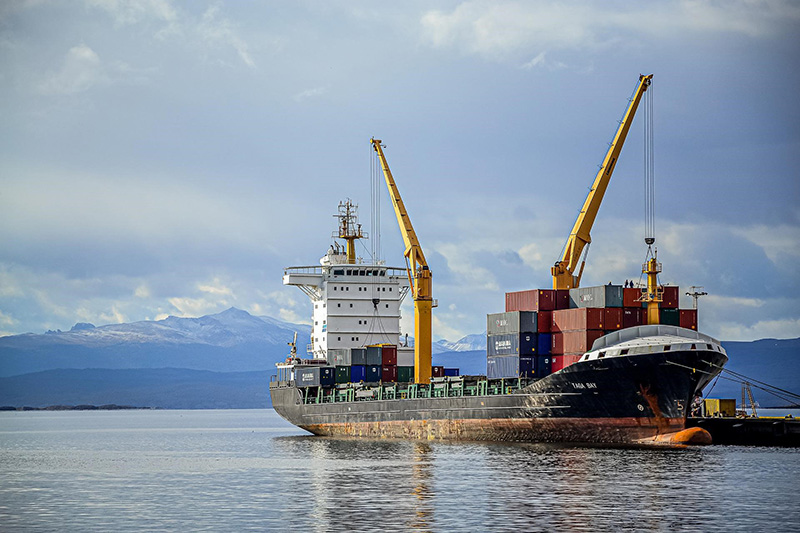The shipping industry is increasingly concerned about excess shipping capacity. Recently, some American media said that the import demand of the United States is falling sharply, which has caused quite a stir in the industry.
A few days ago, the US House of Representatives recently passed the “2022 Ocean Shipping Reform Act” (OSRA), but there are signs of slowing market demand, and there are reports of large US retailers Costco, department store chain Macy’s and other inventory stocks All are higher than in previous years, and there may be pressure on promotions and discounts. Ocean carriers have also warned that the peak season may not be as good as expected if demand continues to cool in the future.
According to the latest data released by large US retailers, the market is very worried. According to Costco’s financial report as of May 8, the inventory is as high as 17.623 billion US dollars, an annual increase of 26%. stock. The inventory of Macy’s also increased by 17% compared with last year, the inventory of Walmart’s logistics center increased by 32%, and the inventory of target department stores increased by 43%. Retailers will be forced to fight “discount wars” to stimulate purchasing power.
The chairman of a high-end furniture manufacturer in North America admitted that the terminal inventory in the United States is too high, furniture customers have reduced purchases by more than 40%, and the market downturn has also caused the shipping space to drop by about 30% from the highest price.
Recently, the US House of Representatives passed the “Oceanship Reform Act of 2022″ (OSRA), which mainly hopes to expand protection measures, combat retaliation and unfair business practices, increase punishment power, improve the efficiency of the demurrage complaint process, etc. regulation, and limit the additional charges.
There are two opinions in the market. One is that this bill can effectively reduce the pressure of rising freight rates. Even if there is no way to quickly suppress freight rates, it will have the effect of suppressing expectations; the other is that freight rates are determined by supply and demand, and supply chain bottlenecks. It is a long-term structural problem. According to this Act, the ocean carrier cannot refuse the manufacturer’s demand for the return container, which will prolong the voyage and help stabilize the freight rate.
The prevailing view in the shipping industry is that the epidemic has brought special opportunities to shipping. Over the past two years, congestion in the supply chain has resulted in significantly longer transit times, not only related to delays by sea, but also inland congestion and delays. The bigger the problem in the supply chain, the bigger the need for ocean freight.
The impact of the epidemic on the global supply chain has instead made the shipping industry continue to be improved for two years. Although this boom is continuing, there are also views that once the phased problems caused by the epidemic are over, part of the demand will also naturally “disappear”. The structural shortage caused by the epidemic is already in the process of re-correction. Once this phase of “false prosperity” ends, the excess shipping capacity will become prominent.
If you want to export goods to China, Oujian group could assist you. Please subscribe our Facebook page, LinkedIn page, Ins and TikTok.
Post time: Jun-22-2022

